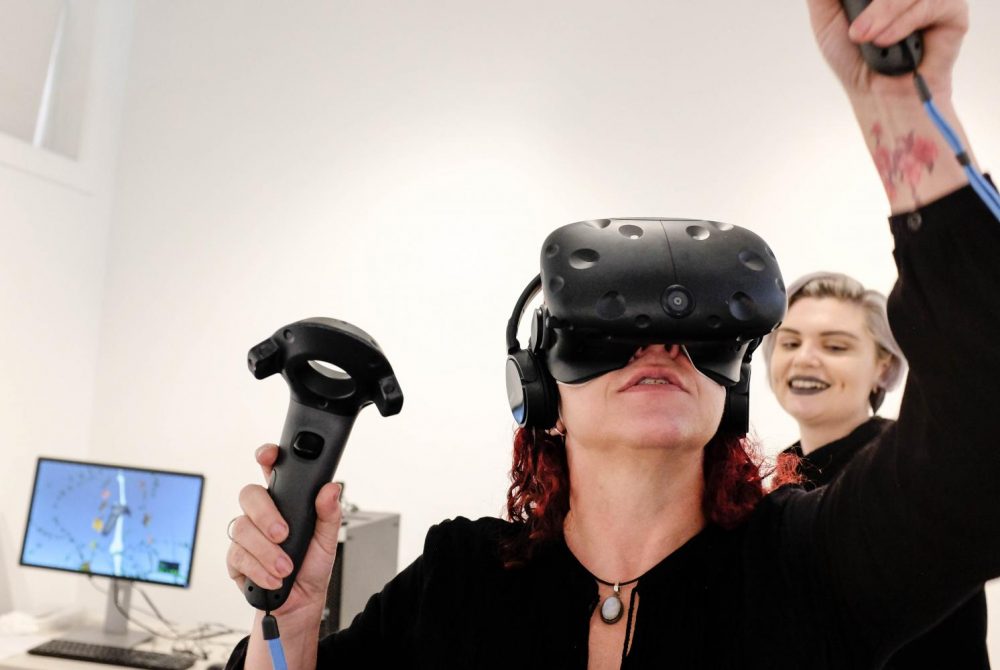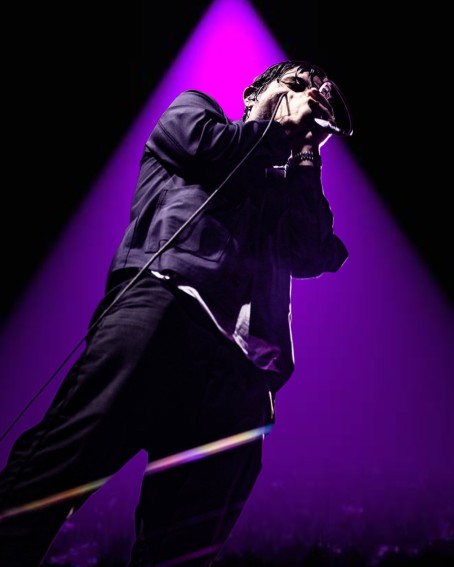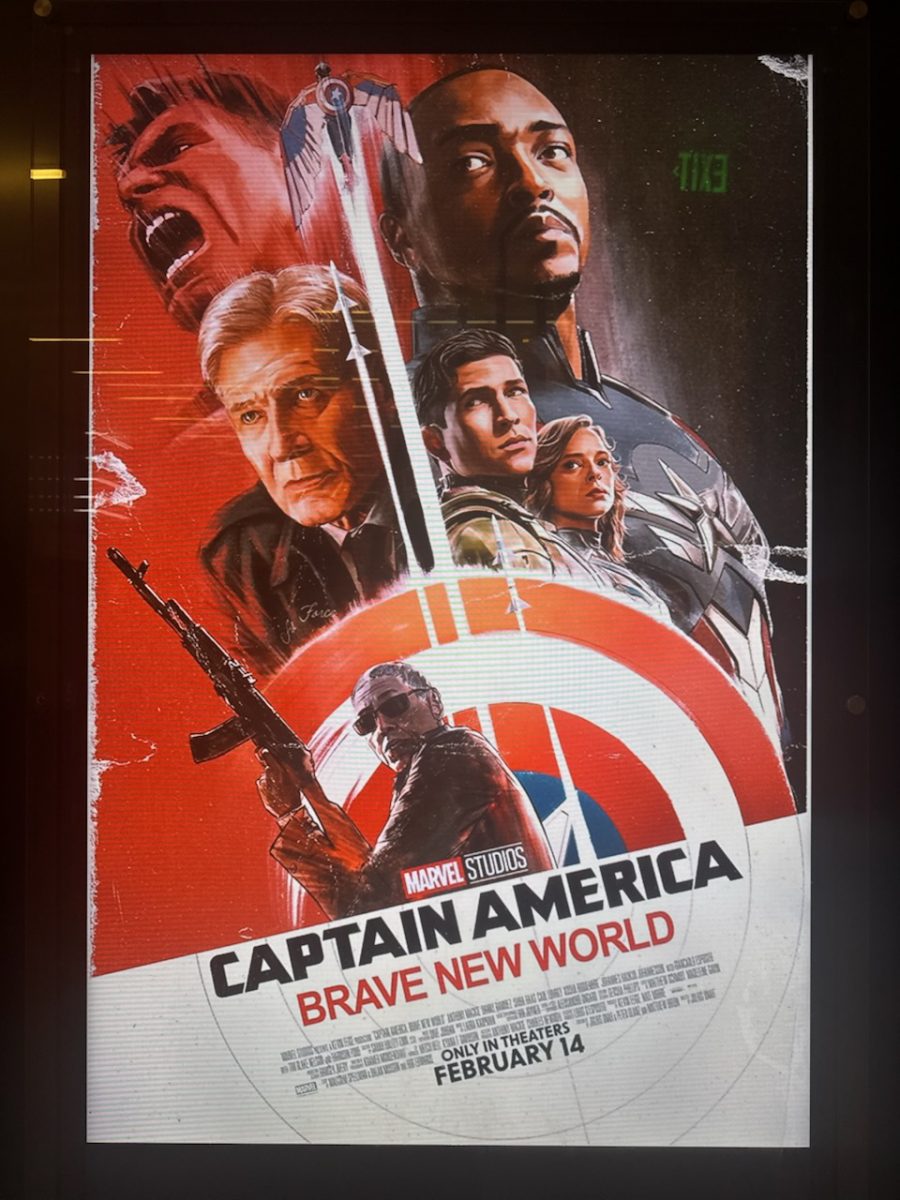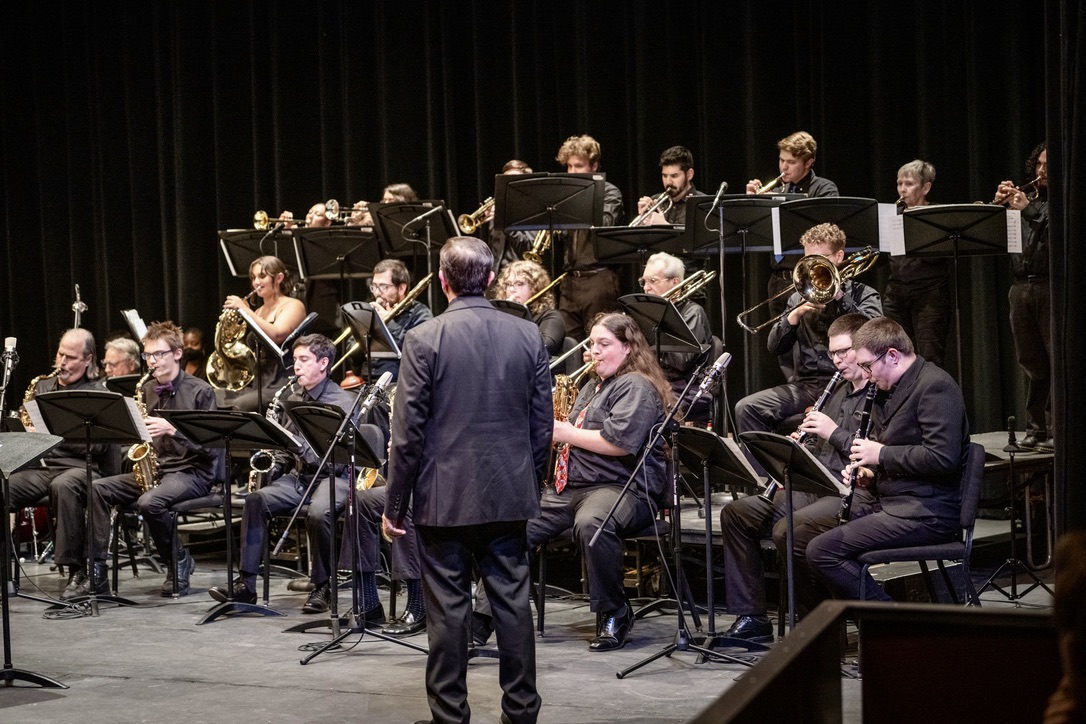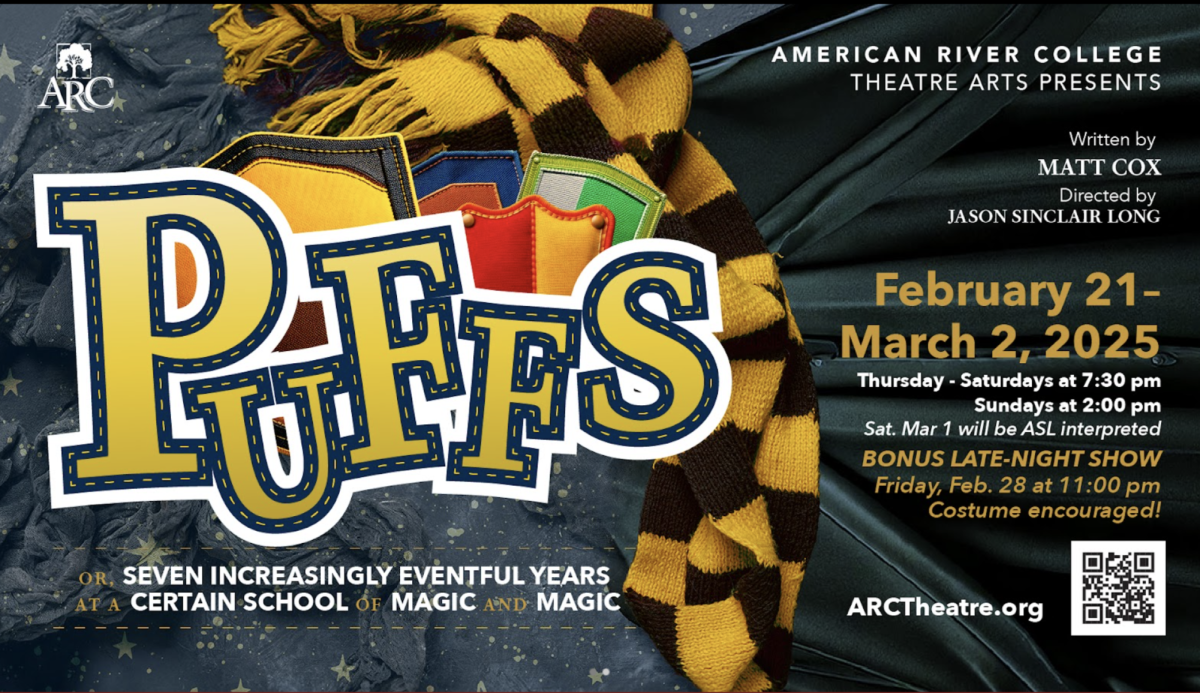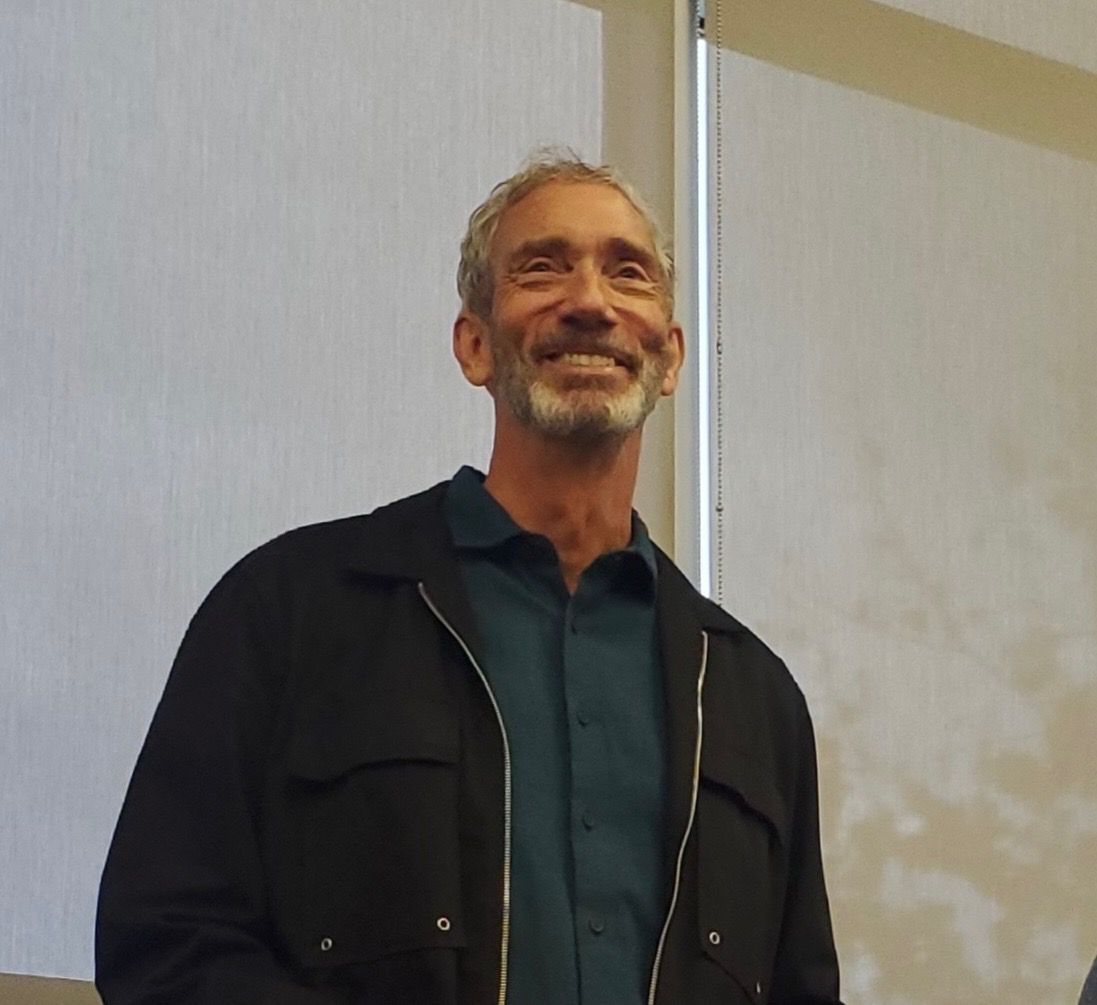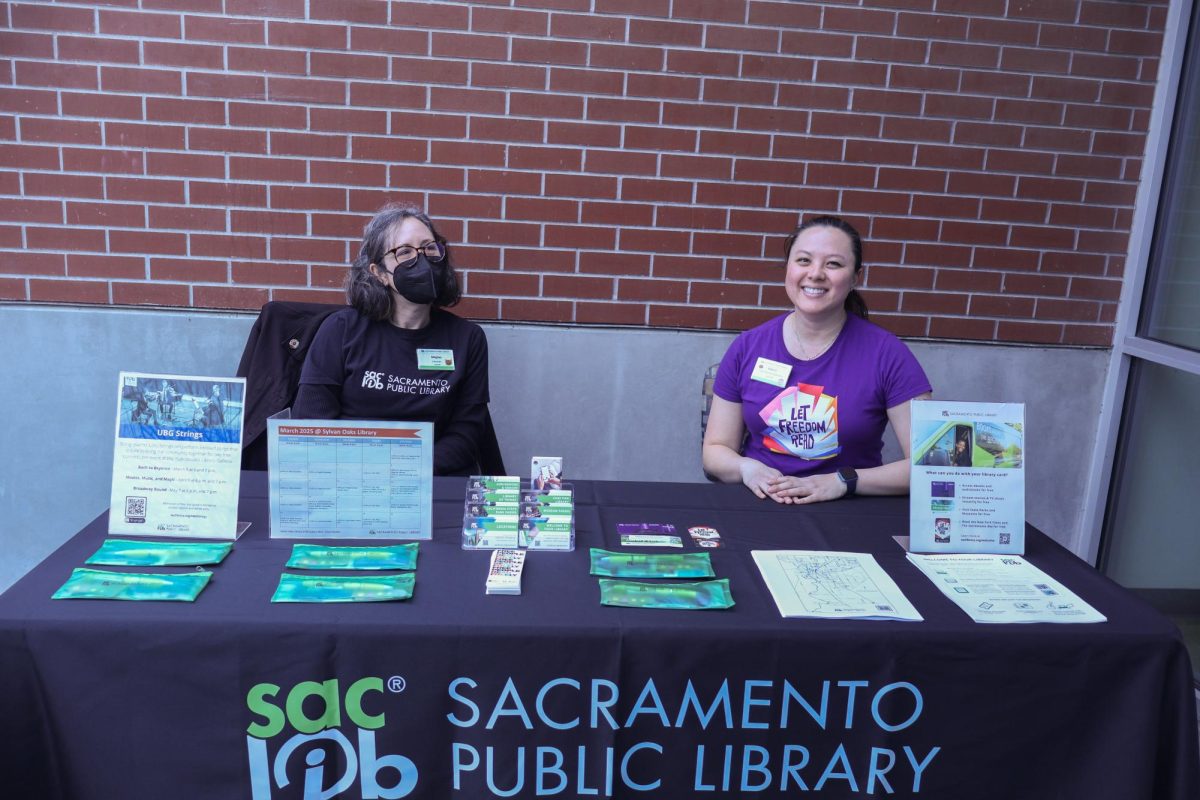The advancement of digital technology has impacted the art world. Stepping into the Kaneko Gallery, you may not think it looks like much. However, the minimalist environment was a portal through a virtual reality space where art was experienced through iPads, headsets, remote controls, and a temporary dark room that moved the viewer through space.
Art galleries are normally experienced through visual representations that often contain hidden meanings. In this transformative collaboration between technology and art, there were new uses of how viewers are able to experience the art.
“Ecotones,” was an installation by Rachel Clarke, an art new media professor at Sacramento State University who shared her vision on the transition of ancient culture and contemporary issues in technology in the exhibit that closed Feb. 12.
Those who experienced the installation said it took them to another world.
“When I first put the headphones on it sounded like a nightmare, as the visuals came in, it was relaxing,” animation major Marian Quintero said. “It reminded me of ‘Alice in Wonderland’, like going down a rabbit hole.”
A temporary wall to hold a segment of the exhibit was built in the Kaneko Gallery which took 10 hours to build. Clarke’s installment “Passage” is in the dark room with a projected video which transports the viewers through space-like visuals and animation.
Those who experienced the installation said it took them to another world.
“We can’t see [the hidden visual world] and I wanted to try and reveal that. Making the invisible, visible,” Clarke said. “All humans experience it, it’s something we share and it really is a way of revealing our mind’s eyes.”
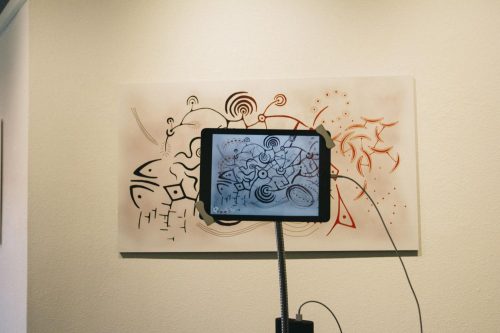
Stephen Blumberg, a composition and music theory professor from Sacramento State University, transformed the vision of Clarke’s exhibit by the sonic, cultural, and instrumental sounds that resonated from the art piece “From the End to the Beginning.”
“All of these things are like a magical world where the sounds are associated with these objects and they help to create the sense of life and regeneration,” Blumberg said.
The gallery sounds were taken from live recordings, instruments, and audio from a research trip to Tanzania. The art piece when you entered inside this “magical world” was small, only a few steps forward and backwards allowed you to interact with the items that resonated from the animated objects.
“It’s very limited. If you look behind the cage you can see the landscape and the horizon but I can’t see more of that,” said Kobi Cha, a double major in accounting and arts.
In addition, Clarke’s vision for this piece conveyed her thoughts on environmental regeneration and the kind of mindset one needs to get in to, to actually start to protect the planet and save it from possible destruction.
“It’s a small biosphere. Beyond the biosphere is this sort of damaged landscape with dead trees and nothing growing. A representation of contemporary environmental destruction,” Clarke said. “When you’re inside the dome. You are in the position of bringing life to this space.”
Mathieu Cardinal, a Sacramento State graduate, used his coding experience to program this biosphere to bring life to Clarke’s vision.
Ecotone, means a place where biomes meet. The biomes of technology and art meet, turning the tables around for new media by allowing viewers to participate with the art one-on-one.
Clarke recognized a way to combine music, technology, and her studio art profession as a way to experience this vision in an innovative way.
“I think it’s also important to introduce artists the idea of collaboration and interdisciplinary work, working with sound, collaborating with other artists and the way we gathered our materials,” Blumberg said.


